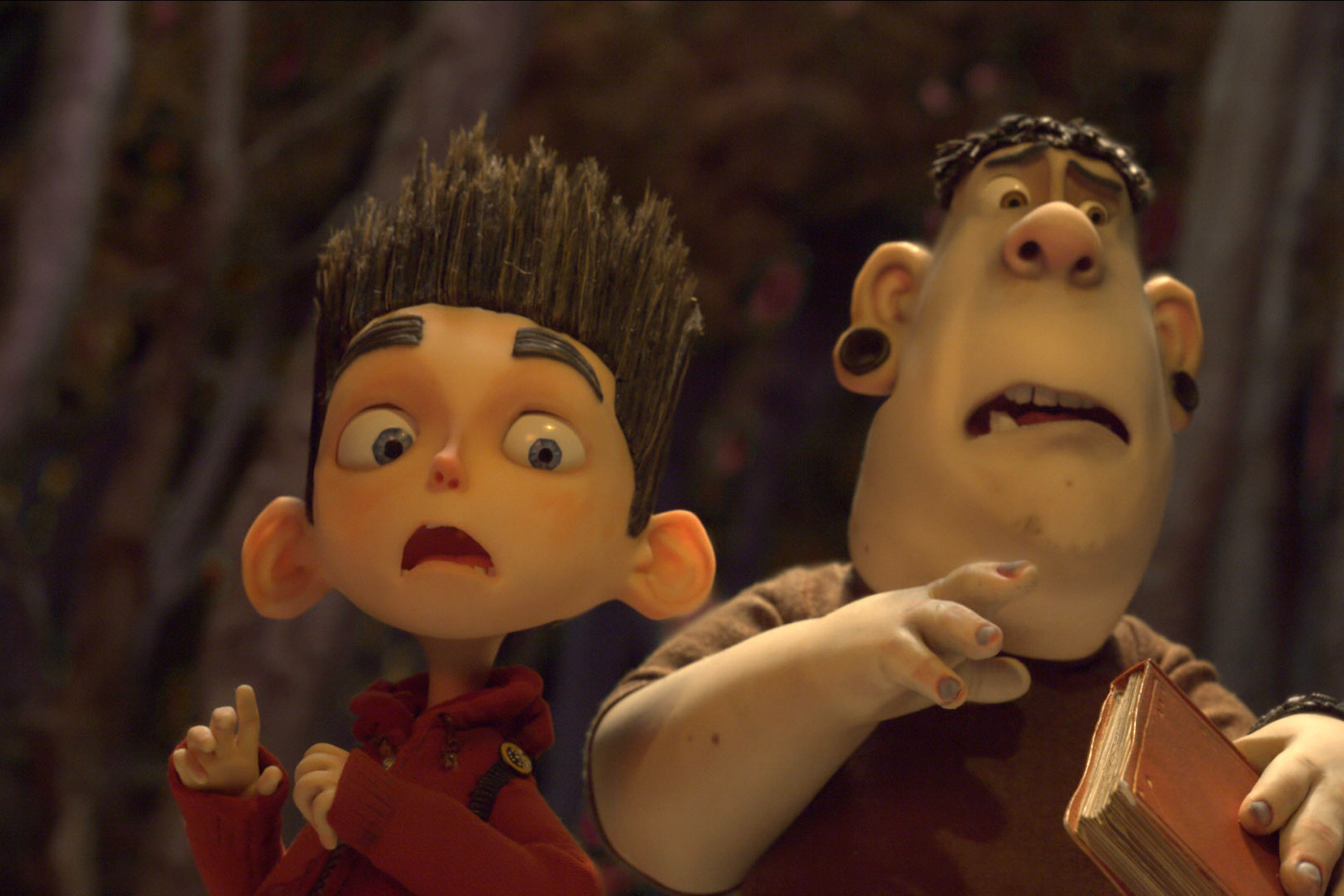How A Couple of Portland Guys Saved Star Wars

Robert Perez (left) and Prescott Harvey with their toy AT-AT
Image: Nicolle Clemetson
Ok, we exaggerate. By a lot. But when JJ Abrams calls to chat about Star Wars, it’s natural to jump to hyperbole.
“I got a phone call from Santa Monica: ‘Hey, Prescott. It’s JJ,’” recalls Prescott Harvey, a Portland-based copywriter. Long before The Force Awakens, this month’s rabidly anticipated Star Wars relaunch, Abrams reached out to talk about what made the franchise so great. “I just started laughing. I couldn’t believe it.”
Three weeks earlier, in September 2013, Harvey’s then employer had released a video titled “4 Rules to Make Star Wars Great Again.” Featuring animation by illustrator Robert Perez, a script by Harvey, and video help from three other colleagues at their marketing agency, Sincerely Truman, the off-hours amusement soon became a work-time obsession.
The video spelled out a vision for Abrams and Disney, which acquired the franchise in 2012. Basically, Harvey and his collaborators trained their blasters on the most recent Star Wars trilogy from George Lucas. Those movies, from the late ’90s and early ’00s, were prequels to Lucas’s ’70s and ’80s classics, and their CGI-heavy aesthetic enraged many fans.
“The originals, for me, have a lot of practicality,” says Harvey, who at 33 years old falls squarely in stormtrooper nostalgia’s sweet spot. “As a kid it really activated my imagination.”
Herewith, their manifesto: First, Star Wars should be set in remote, rugged frontier locations. (Yes to desert Tatooine and frozen Hoth. No to the high-tech cities and fancy Senate depicted in the more recent trilogy.) Second, the technology should be rusty and old. (A battered Millennium Falcon, they argue, is more compelling than 1,000 shiny CGI ships.) Third, the Force needs no explanation. (The mystical energy field became, in 1999, some pseudoscientific thingy about “midichlorians.”) Finally, don’t try to be cute. (Buh-bye, Jar Jar Binks.)
The animated short struck a nerve, as these things do. Within three days, the video reached 250,000 YouTube views. But the real success came when Abrams called Harvey. “JJ told me he gets a lot of comments about how Star Wars should be,” the copywriter says, “but he thought this video came from a good place of love and respect.”
Abrams invited Harvey to Santa Monica to pitch his own movie ideas. Later, in an e-mail exchange, the director promised that his crew was keeping everything “frontier-set, old, mysterious, and uncute.’” And lo: when the second Force Awakens teaser roared across the Internet in April, a massive ruined Star Destroyer lay in shambles in a forbidding desert landscape—ancient, remote, and mysterious. Perhaps a few Portlanders’ passionate cry for authenticity and awesomeness resonated in Hollywood, a galaxy far, far away.




